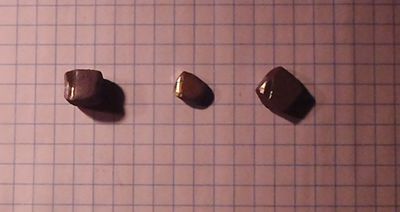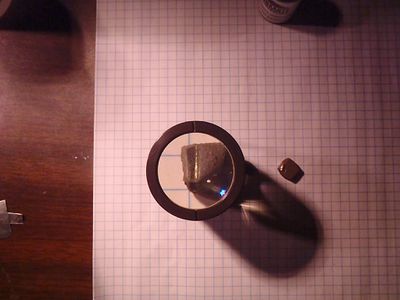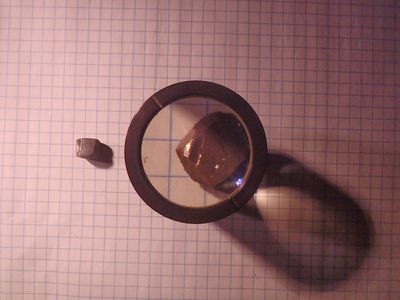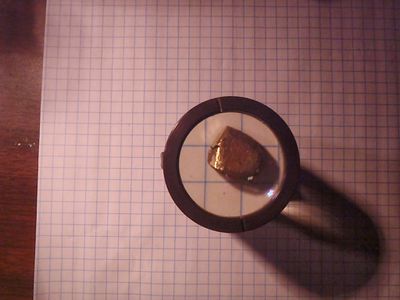TitaniumAlloy
Proposed development
Printing with easy to mix Titanium alloys on Mendel printer
Samples alloy metal parts made from paste:
Extruder: can be the ParametricSyringeExtruder - but it will be beneficiary to design extruder printable from the same alloys.
Solidification: Air. Vacuum chamber: heat - from 100C - 820C step +5C/min, 25min under 820C, then holding vacuum, drop temperature to 350C, and release vacuum valve.
Paste mixed with metal powder in proportion usual for powder metallurgy (any mix suitable), then after mixing done, add PVA with the water. Viscosity is high for sure and require pressure to extrude, but after solidification (air/heating), model is solid to be placed into the vacuum oven. Metals like Aluminum will be require carbon powder to add. Starсh - working but solidification is not good. Mineral oil - not working. Best results are under PVA.
Project home page adobri web site
Proposed extruder
Existing extruders has problems - Material for printing limited in syringe (10-20 -200 cm^3) - It is hard to make small diameter extrusion - viscosity is high
Probably needs to make the screw extruder, the small size. Dry powder is delivered by vibration via the plastic tube (thus less inertia parts for positioning mechanism). Once debugged using dry powder, so through the central part ( with ball valve) delivers pressurized water with PVA - water ratio - powder adjusted by turning the screw - the water pressure from the small $ 100 desktop compressor (preferably with an automatic pressure control)
For the start the mold (for extruder) can be made and 3D printed from the plastic. Then next step will be to 3D print the extruder itself, when it is done - then extruder is ready.
Design with two extruders can allow combining two metals with different heat conductivity and strength.
With the composition of PVA and water the attempt was just lucky - 1 part of PVA to 4 parts of the water is the best mixture. In experiments with different proportions got outcome with more cavities. Pictures from microscope of the alloys-



